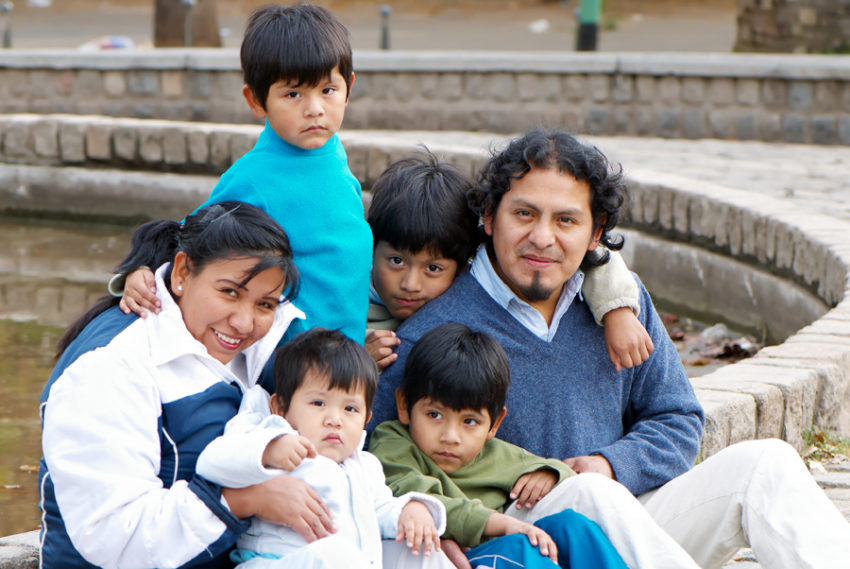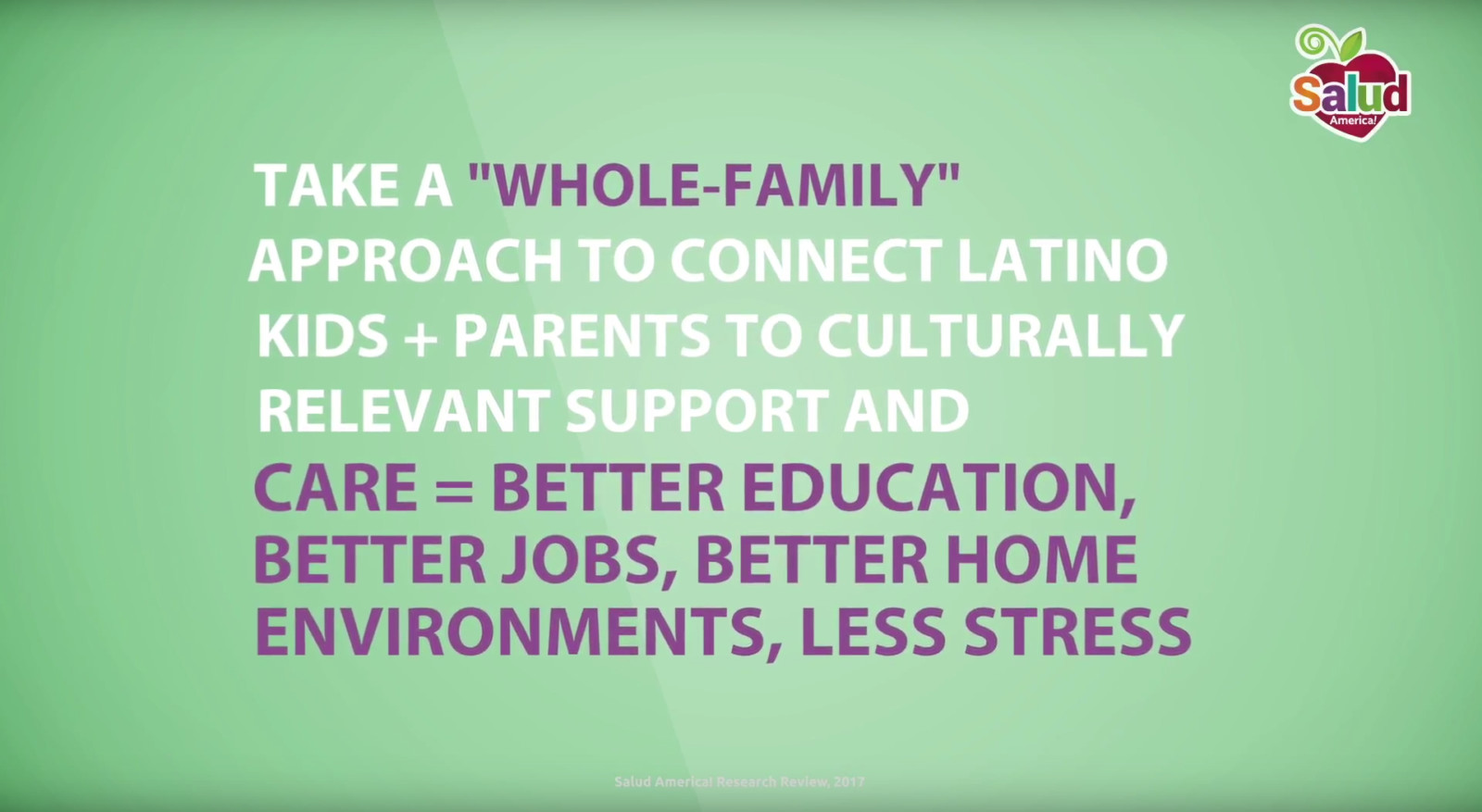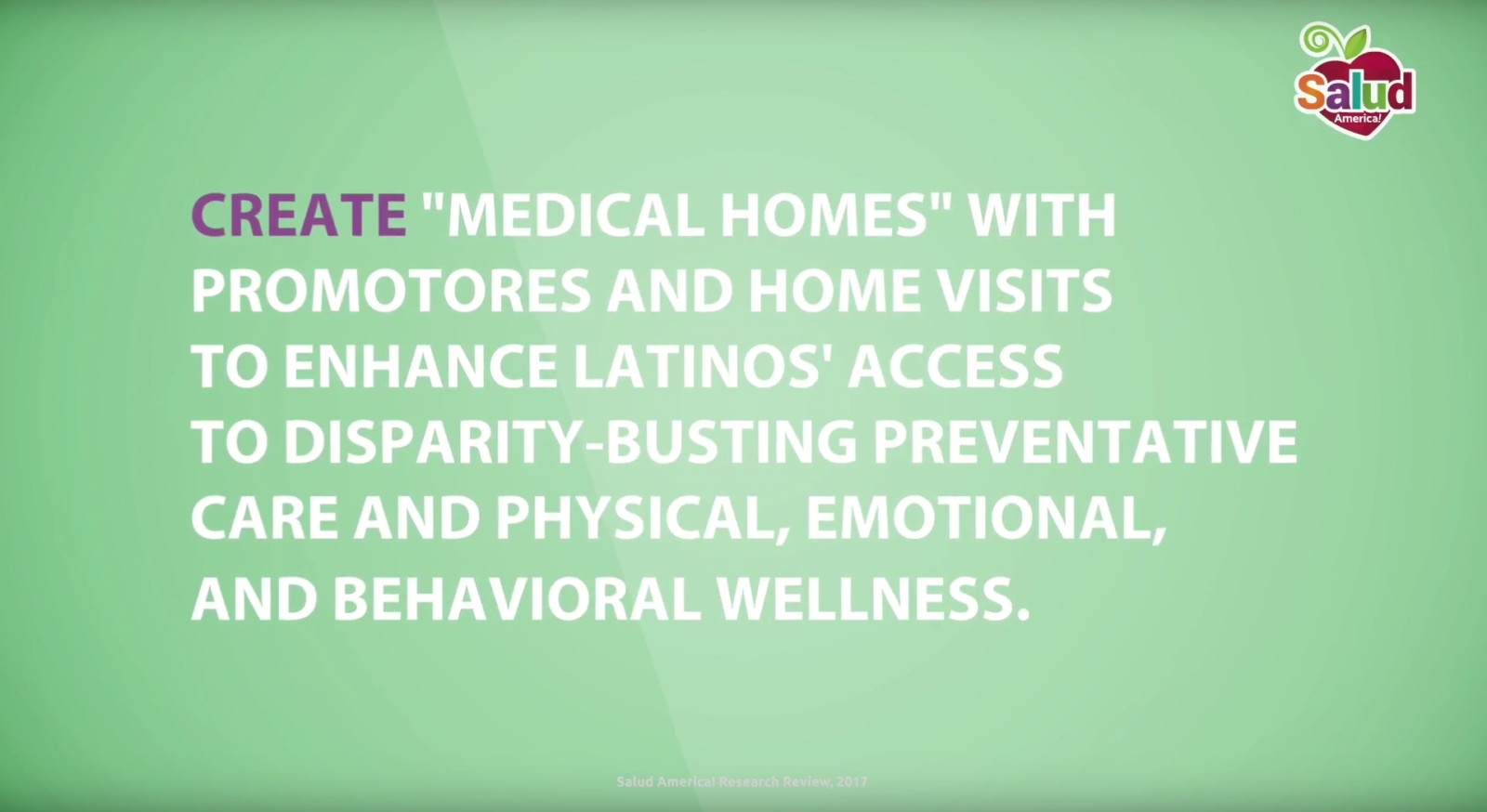
Share On Social!
This is part of our Building Support for Latino Families: A Research Review »
Conclusions
 More than one-third of Latino families live in poverty and two-thirds are low-income, and face limited access to high-quality education, community resources, and health care.
More than one-third of Latino families live in poverty and two-thirds are low-income, and face limited access to high-quality education, community resources, and health care.- Latino children excel in cognitive and social development measures when they participate in high-quality center-based early childhood education and public pre-K programs.
- Single-site ECE and infant care centers partnered with family resource centers offer the highest-impact outcomes for low-income Latino children and parents.
- Parent resources in two-generation programs must focus on services that aid parents in finding high quality jobs with family-supporting wages. Efforts to minimize the toxic stress associated with living in poverty result in developmental and health gains for Latino children.
- Legal, financial, and social barriers limit medical uptake by Latino adults and youth.
- The need for Latino families to have high-quality “medical homes” is urgent. To ensure proper health care for children, parents must have easy access to culturally and linguistically sensitive physicians with continuity of care.
- Preventive medical care must be promoted through media outlets including radio, TV, and internet, since this is a primary source of medical information within the Latino population.
- The community schools model of comprehensive family support services and wellness-focused health care being on-site with high-quality education from pre-K through high school hold great promise for Latino communities.
Policy Implications
 High-quality early childhood education centers should be more affordable and accessible to low-income Latinos, with higher density in Latino neighborhoods.
High-quality early childhood education centers should be more affordable and accessible to low-income Latinos, with higher density in Latino neighborhoods.- Early childhood education centers should offer services from birth through age 5 to allow single-site care of all children within one family, and continuity of cognitive assessments and interventions.
- Expansion of Early Head Start and Head Start programs, along with Universal Pre-Kindergarten programs within Latino neighborhoods would be beneficial for Latino families.
- Two-generation programs should be designed to meet the specific economic and health needs of low-income Latino groups, and should be designed with the local demographics in mind.
- Two-generation programs should include high levels of community partnership that provide access to community colleges, local businesses and industries, and workforce mentors who have overcome the specific obstacles faced by local low-income Latino parents.
- Two-generation programs must include resources that aim to limit a family’s time in poverty.
- Latino medical homes must include bilingual staff and physicians who have an understanding of the diverse Latino cultural beliefs regarding health care.
 Latino medical homes must provide general, specialist, and mental health services at the same physical site to decrease barriers to health care uptake, particularly mental health services. All participants should be required to attend counseling to limit the social stigma associated with these services.
Latino medical homes must provide general, specialist, and mental health services at the same physical site to decrease barriers to health care uptake, particularly mental health services. All participants should be required to attend counseling to limit the social stigma associated with these services.- An emphasis on preventive care and whole-self wellbeing must be established within the Latino community, and be reinforced using targeted messaging dispersed through radio, TV, and internet media ads, which are used as primary medical resources in Latino communities.
- Sustainable funding sources for Family Resource Centers must be identified and contracted into long-term partnerships to allow proper development of comprehensive resource programs.
- The community school strategy should be considered for further implementation in low-income Latino communities to maximize academic achievement of Latino children and improve all-around measures of health for individuals and whole families.
- The community school structure can be used to strengthen Latino communities as a whole, as they promote local business partnerships, parental involvement in their child’s academic career, and the building of stronger social networks.
More from our Building Support for Latino Families: A Research Review »
- Introduction & Methods
- Key Research Finding: Latinos’ Big Healthcare Gaps
- Key Research Finding: Early Cognitive Development
- Key Research Finding: ECE Programs
- Key Research Finding: Disconnected Latino Parents
- Key Research Finding: Head Start Centers as Resource Hubs
- Key Research Finding: Promotores de Salud
- Key Research Finding: Latino Medical Homes
- Key Research Finding: Latino Community Schools
- Policy Implications (this section)
- Future Research Needs
References for this section »
None
Explore More:
Healthy Families & SchoolsBy The Numbers
142
Percent
Expected rise in Latino cancer cases in coming years



